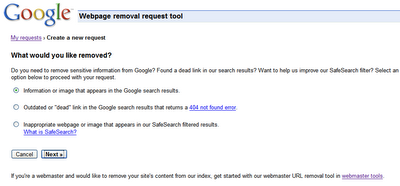When installing desirable software for good, it’s nice to be kept advised of updates. One way to do that is through a Mac OS X mechanism called launch agents. They activate a request to check for updates. However, after you’ve deleted experimental software, those update checks can linger and consume system resources. Here’s how to delete them.
Sometimes those software update agents are innocuous. But other times, they’ll leave behind remnants of themselves, for example Menu Bar items. Or they’ll constantly pop up in Little Snitch, if you use that, begging for permission. It can get a little annoying. At the very least, it’s messy to leave these persistent messengers around (that phone home) after you’ve deleted experimental software.
Sep 26, 2019 Google has confirmed a Chrome update is at fault for a mysterious reported wave of unbootable Macs. The update was causing issues by corrupting an operating system folder, which prevented those. From the Finder, choose Go Applications. Double-click the Google Updater icon. Choose Google Updater Preferences. Uncheck the box labeled 'Notify me when updates are installed'. Click 'Done'. Dec 19, 2008 According to some discussion on Google Groups, the Google Software Update can only be removed by uninstalling any plugins associated with it (Google Earth, Google Talk, etc). Well that's not fair. I never installed any plugins to begin with! Time to do it the hacky way.
The first place to look for remnant agents is in System Preferences -> Accounts -> Login Items to see if any agents are still being launched at login. If you don’t see anything suspicious there, look in:
Remove Google Software Update Mac Os X
- ~/Library/LaunchAgents (local)
- /Library/LaunchAgents (global)
In the case of Google’s Chrome, it installed a launch agent on my system in my local Library.

Mac Os Software Update
Google’s Chrome Launch Agent
If you see something like this, and know you don’t want it around anymore, you can just delete the file. In this case: com.google.keystone.agent.plist. Then, at your convenience, restart to reset the tasks for launchd.
In general, when a new application comes with a .pkg installer, one must be on guard because an installer will often install other files, in addition to the app in /Applications. One tip: it asks for an admin password. If you want to be extra cautious, you can inspect all the files that will be installed by looking at the installer’s File menu -> Show files.
However, some apps, simply dragged to /Applications, when launched, can also sneakily insert files into other locations in your system, for example, Chrome. Vigilance (and a tool like Little Snitch) can smoke out these unwanted tidbits of code in your system after you’ve deleted the primary app.